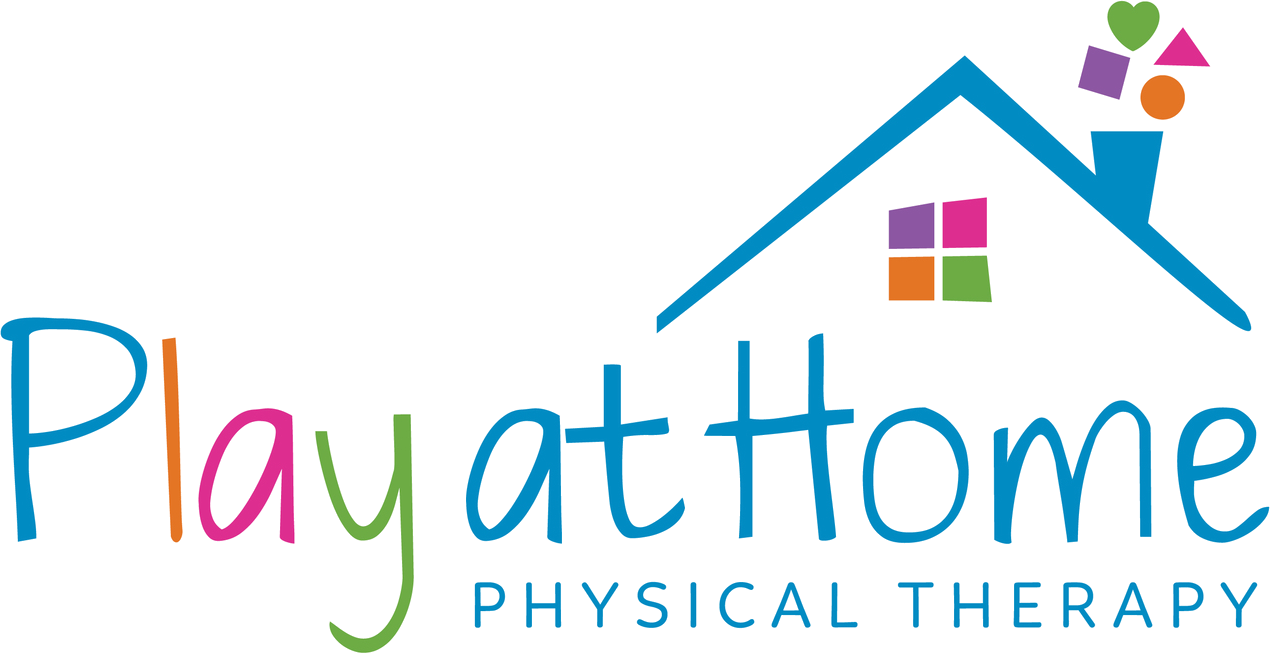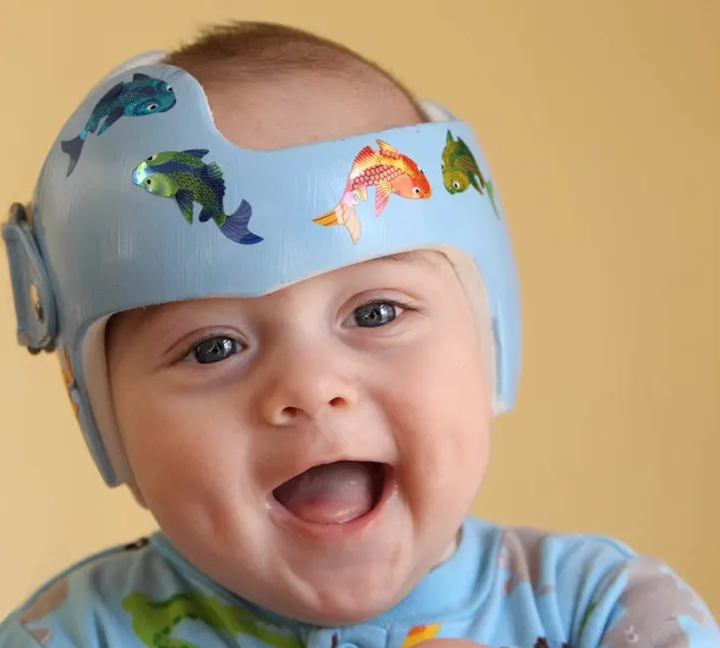
Torticollis – Treat it Early!
July 18, 2020
Virtual Learning Tips
October 6, 2020I have heard a few very common statements from parents and clinicians about torticollis and plagiocephaly in my work as a pediatric physical therapist over the years. These common statements are often believed to be true, but in reality, they are myths that need to be busted! Today, I am going to address these myths and misconceptions to help parents better understand the treatment of torticollis and plagiocephaly.
Torticollis is a common diagnosis that many say a child will grow out of. This is the opposite of what research has shown to be effective for treatment! When treated early, torticollis resolves faster and less overall therapy is needed. This is because infants 2 months old and younger have more flexibility in their muscles, which makes stretching more tolerable for both the baby and the parent. It is also much easier to reposition a young infant, versus an older baby who is much stronger and possibly mobile, to help correct their head tilt and body alignment. If left untreated, a child can experience head and facial deformities, decreased strength and coordination, developmental delay, or vision problems. If you notice that your baby is tilting their head only to one side or turning their head to one side more than the other, that is a great time to get started with physical therapy to stay ahead of what could happen if treatment is delayed.
Myth #2: “This is my fault” - parents
It can be overwhelming as a new parent when your baby needs physical therapy for torticollis or plagiocephaly. It is also completely natural for a parent to think they caused these problems for their baby and to feel guilty. The truth is, many babies are born with torticollis or plagiocephaly because of positioning in the womb, which we have no control over! Babies’ heads are soft and moldable and often may flatten due to positions they spend the most time in. Babies spend a lot of time on their backs due to the Back to Sleep Campaign (which is not the bad guy - safe sleep recommendations from this campaign have reduced the occurrence of SIDS by over 50% since it started in the 1990s!) or from positioning in containers. So take a deep breath - it is not your fault! Simple recommendations of limiting time spent in containers and having your baby play in different positions on the floor are all very helpful in the treatment of torticollis and plagiocephaly.
Myth #3: Tummy time alone will fix my baby’s torticollis or plagiocephaly
Don’t get me wrong...I love tummy time. But, by itself, it is not a cure for torticollis or plagiocephaly. It does improve head control which can help correct a head tilt that is caused by torticollis, and it does get the baby off of their flat spot when they have plagiocephaly, but, a baby cannot do enough tummy time to balance the many hours they spend on their back sleeping. Instead, doing a variety of positions in addition to tummy time that create counter-forces on the baby’s skull will help correct flat spots. Some of these positions include: sidelying, side propping, and supported sitting. If a baby also has torticollis, they will need a pediatric physical therapist’s guidance in addition to repositioning strategies to help stretch what is tight and strengthen what is weak!
Myth #4: Head shape is just a cosmetic issue
This myth is not totally false, as many parents choose to correct their baby’s head shape due to appearance. But, a flat spot that develops on the back or side of a baby’s head can be an early warning sign of other developmental conditions. For example, the flat spot (plagiocephaly) can be an indicator that there is tightness in the neck muscles (torticollis), that the baby is spending too much time in baby containers, or that there is an underlying issue such as low muscle tone or a vision problem. The biggest complaint I have seen as a pediatric PT from parents of children whose head shapes were not corrected? Glasses not sitting correctly on the child’s face, and having an uneven smile in school pictures.
I hope this has helped improve the understanding of physical therapy treatment for torticollis and plagiocephaly. These conditions are common but easily treated when parents and healthcare providers are proactive and start treatment early!




